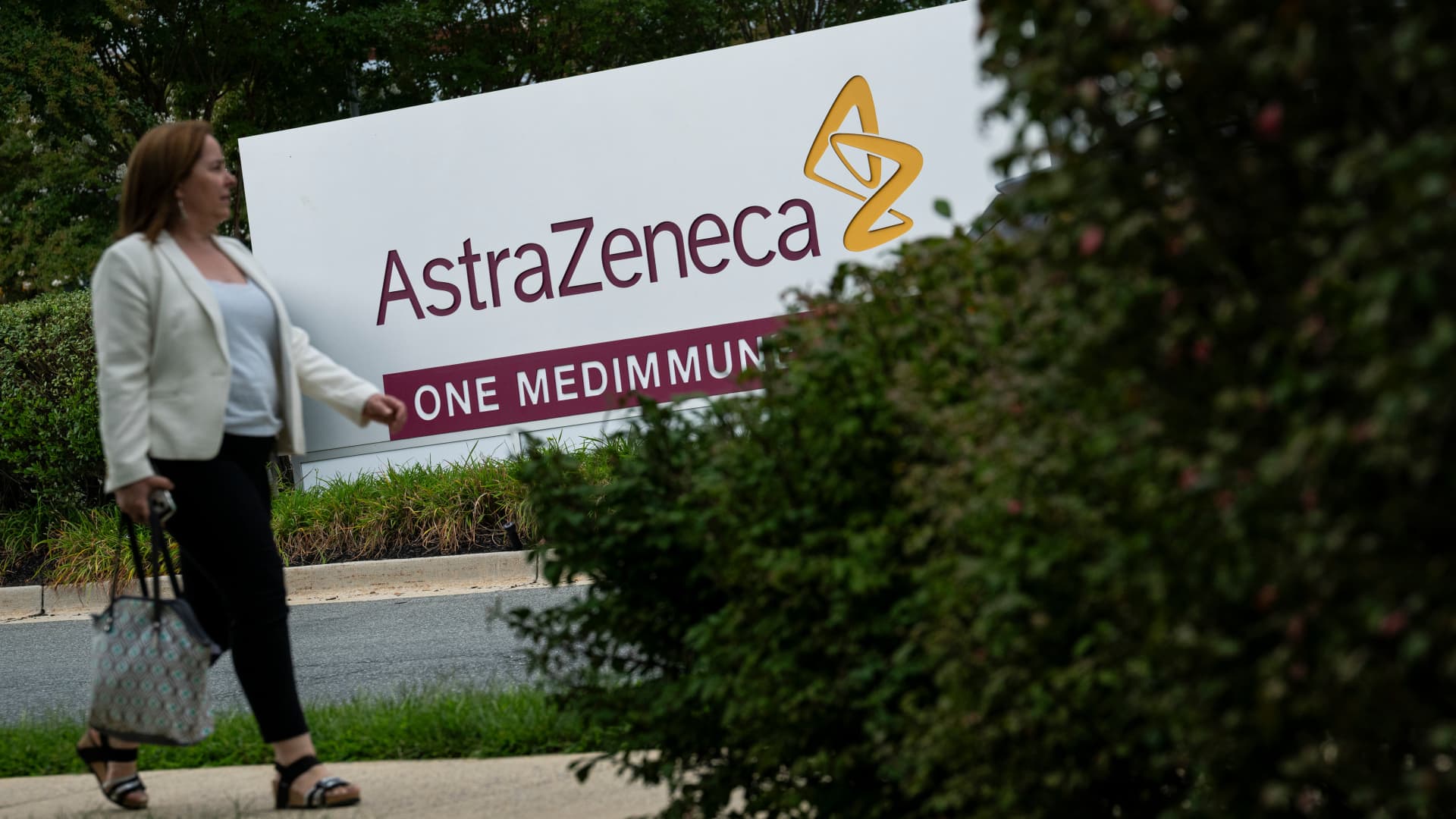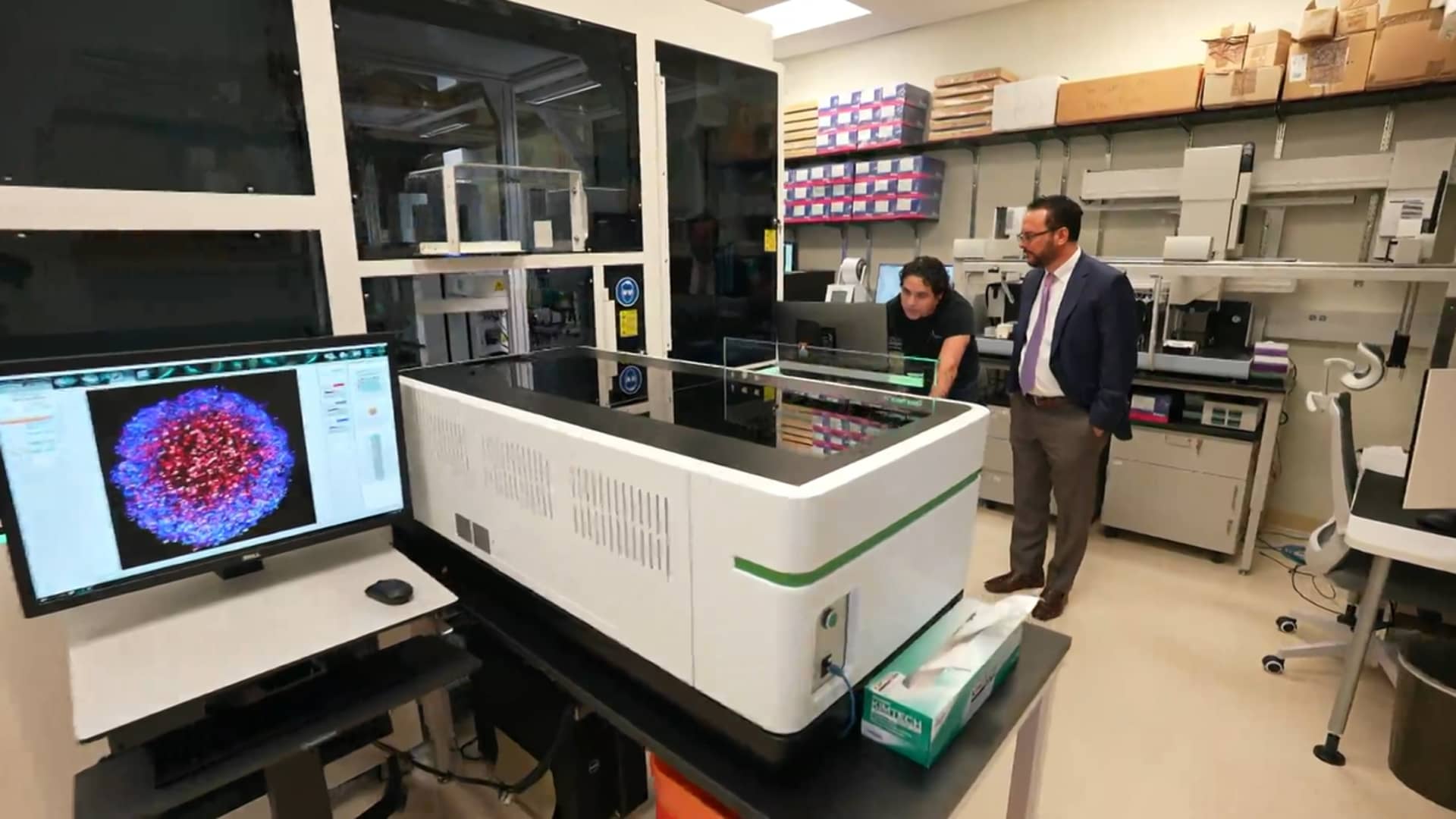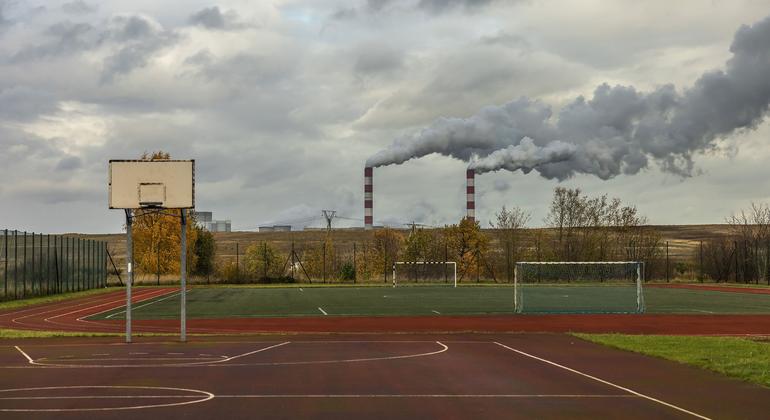Reiterating urgent international calls for a ceasefire, the United Nations Children's Fund (UNICEF) reported that there have been almost 20,000 births since the start of widespread Israeli bombing, in response to Hamas-led attacks in Israel that They left about 1,200 dead and approximately 250 taken hostage. .
Chronic problems accessing aid have meant that Cesarean sections have been performed without anesthesia. while other women have been unable to deliver their stillborn babies because medical staff are overwhelmed, the UN agency said.
“Mothers face unimaginable challenges in accessing adequate health care, nutrition and protection before, during and after childbirth,” said UNICEF communications specialist Tess Ingram.
“Becoming a mother should be a time of celebration. In Gaza, he is another child delivered to hell.”
hepatitis shock
Echoing his deep concern over the deteriorating humanitarian situation, World Health Organization (WHO) Director-General Tedros Adhanom Ghebreyesus expressed alarm that hepatitis A infections had been confirmed in Gaza.
“Inhumane living conditions (barely clean water, clean toilets and the ability to keep surroundings clean) will allow hepatitis A to spread even further and will highlight how explosively dangerous the environment is for the spread of disease,” Tedros tweeted on X , formerly Twitter. , Thursday.
The latest WHO data indicates that, on average, 500 people share a bathroom and more than 2,000 people have to use a single shower, increasing the risk of disease spread.
In addition to a sharp increase in upper respiratory tract infections, cases of diarrhea among children under five years of age recorded during the last three months of 2023 increased 26 times higher than reports for the same period in 2022noted the UN health agency.
“People are being pushed into smaller and smaller spaces, in overcrowded shelters, without access to clean water and toilets,” said WHO spokesman Tarik Jasarevic.
“A large part of the population of Gaza – wounded and bombed people – needs immediate medical help,” the WHO official said, noting that the Nasser Medical Complex in Khan Younis had only two doctors left in its emergency department, compared to 24 before the war, with only 14 intensive care beds now, compared to 45, and only four nurses available out of a total of 20 initially.
a little relief
To help the most vulnerable women and children in Gaza, UNICEF has ensured the delivery of formula and supplements for mothers who are too weak to breastfeed, along with medical supplies for overstretched medical teams, but much more is needed.
Speaking from Amman in Jordan after returning from southern Gaza, Ms Ingram explained that staff at the overwhelmed Emirati Hospital in Rafah were forced to discharge mothers “within three hours of a caesarean section”, a situation that is “beyond belief and requires immediate action”.
Some 105 days after the start of the war, he insisted that the constant bombing and displacement “directly affects newborns, resulting in higher rates of malnutrition, developmental problems and other health complications.”
Inhuman conditions”
Approximately 135,000 children under the age of two are believed to be at risk of severe malnutrition today, Ms Ingram continued, amid “inhumane” conditions characterized by makeshift shelters, poor nutrition and unsafe water.
“Watching newborns suffer, while some mothers bleed to death, should keep us all awake at night.,” she said. “Knowing that two very young Israeli children kidnapped on October 7 have not yet been released should also keep us awake.”
The death toll is approaching 25,000
Echoing those concerns, the UN human rights office, OHCHR, expressed deep concern about the reports that almost 25,000 people According to the Gaza Ministry of Health, deaths have been reported. It is believed that 70 percent are women and children and at least another 61,500 have been injuredwhile “several thousand more are under the rubble, many of them presumed dead.”
In its latest update on the crisis, the UN aid coordination office, OCHA, reiterated its deep concern that safe and effective relief missions “anywhere in Gaza” remained “strongly compromised by Israeli restrictions on importation of critical equipment, including appropriate communication devices.”
Palestinian civil defense teams search through the rubble of a building following an airstrike in the Gaza Strip. (archive)
Denials of access by the Israeli military to areas north of Wadi Gaza “have also impeded efforts to scale up the provision of life-saving assistance there and have added significant cost to the overall response,” the UN office said.
Pressure cooker environment
Briefing reporters in Geneva from Gaza, the head of the UN Human Rights Office in the Occupied Palestinian Territory, Ajith Sunghay, said displaced people continue to arrive in Rafah “in the thousands.”
“I have seen men and boys digging for bricks to support tents made of plastic bags. This is a massive human rights crisis.. And a major human-made humanitarian disaster. “Gaza needs an urgent increase in humanitarian aid, including the protection response.”
The telecommunications blackout, now lasting several days, has continued, Sunghay said, adding that this “increased confusion and fear” as it prevented Gazans from accessing services and information about where they should evacuate.
“There is a pressure cooker atmosphere here, in the midst of total chaos, given the dire humanitarian situation, shortages and widespread fear and anger,” the OHCHR official continued, before describing how “the intense bombings of Central Gaza and Khan Younis”. “clearly visible and audible from Rafah, especially at night.”
After arriving in Gaza on Monday, Sunghay said he had been able to “hear shelling sometimes several times an hour.” The night was “the most terrifying time” during the attacks, he noted, for Gazans and the more than 100 civilians still held hostage in the enclave, who “are not seen (and) who surely hear the same sounds and feel the same fear.” .












